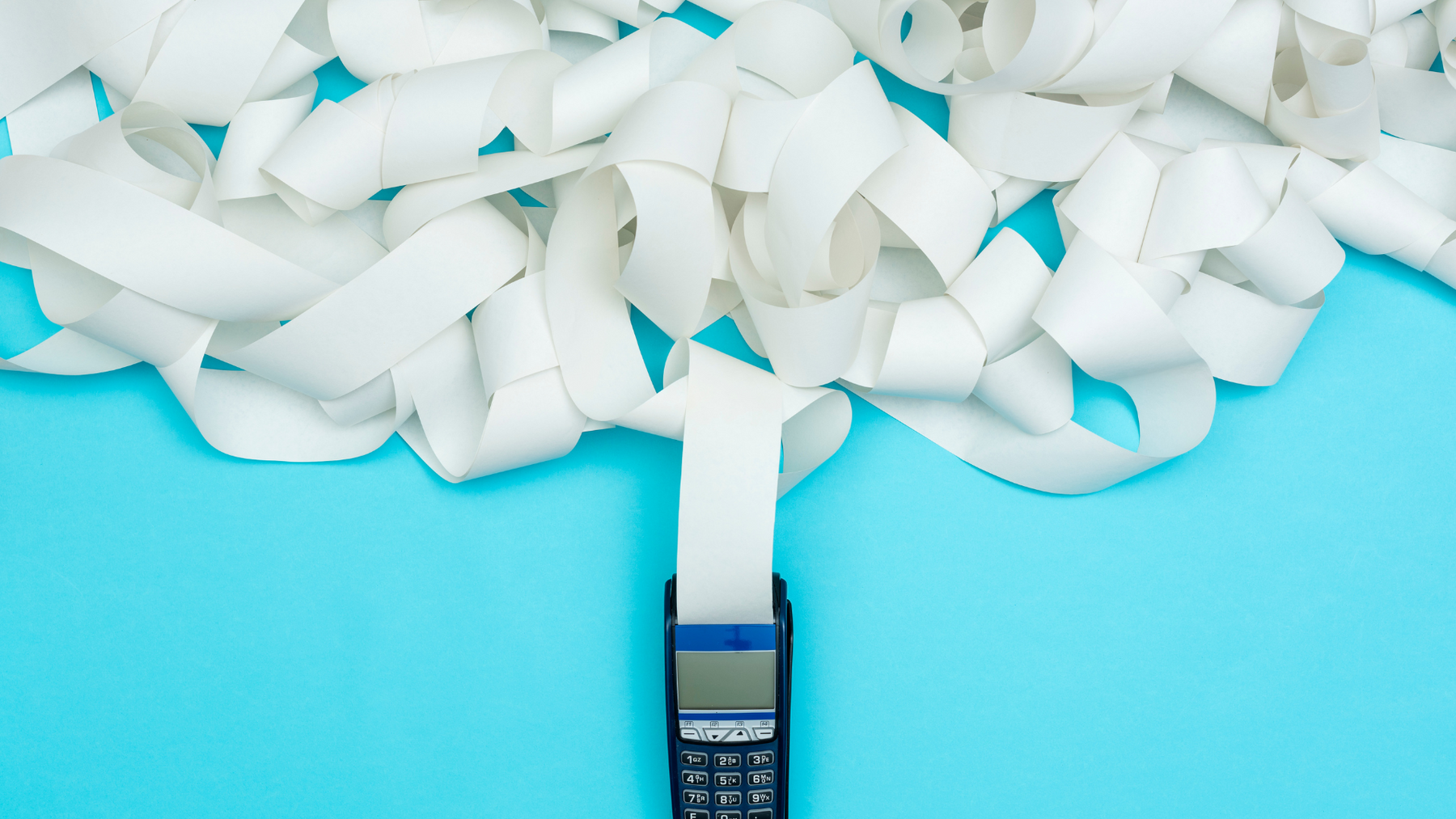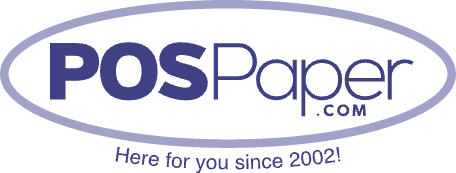
What is the Difference Between Thermal, bond, and Carbonless Paper Rolls?
When you go to order your business supplies, you will likely see a wide range of types of receipt paper. Many businesses have a favorite while others may be unsure of the difference between the types. If you aren’t sure how these different types of receipt paper stand apart, this article is for you! Let’s take a look at thermal, bond, and carbonless paper.
What is Thermal Receipt Paper?
Thermal receipt paper is a type of thin, fine paper that is coated with a material that changes color when exposed to heat. It is used in conjunction with a thermal printer that carefully applies heat to specific areas of the paper in order to create text and images. Thermal paper prints quickly and can immediately be handled without smearing.
The images that appear on thermal paper receipts are typically black but can also be red or blue depending on the type of paper. Due to the coating, thermal paper has a slick, shiny look to it. Since text is created with heat instead of ink, the receipts are long-lasting. Additionally, since thermal paper does not print using ribbons, printers tend to be long-lasting and require very little maintenance.
What is Bond Paper?
When you think about traditional paper, you are likely thinking of bond paper. The paper you wrote on in school or printed on in your office is likely bond paper. This paper works with inkjet and laser printers in order to produce text and images using ink.
Bond paper is more versatile and can allow for printing in a wide variety of colors. While this paper is versatile in nature, there are a few drawbacks. It is not very durable and tends to print more slowly. Additionally, the printer will need to have ink changed periodically and will require a lot more maintenance than thermal printers, adding costs to your business.
What is Carbonless Paper?
Carbonless paper is a type of paper that involves several layers of sheets, typically of differing colors. These sheets are layered with several layers of chemicals that are held in tiny capsules. When pressure is applied to this paper – by a pen or a printer – the capsules break and create an image.
This type of paper has been in use since 1954 and was once a preferred method for creating several receipt copies at once. However, carbonless paper does have a few drawbacks. Namely, the bottom layer of paper often may not have as crisp of an image and can sometimes be difficult to read. It also tends to be more expensive than most types of paper.
Final Thoughts
POS Paper is happy to be your source for affordable, quality business supplies including virtually all of your thermal paper needs. Enjoy the convenience and financial savings of this paper type for all your receipt paper needs.
